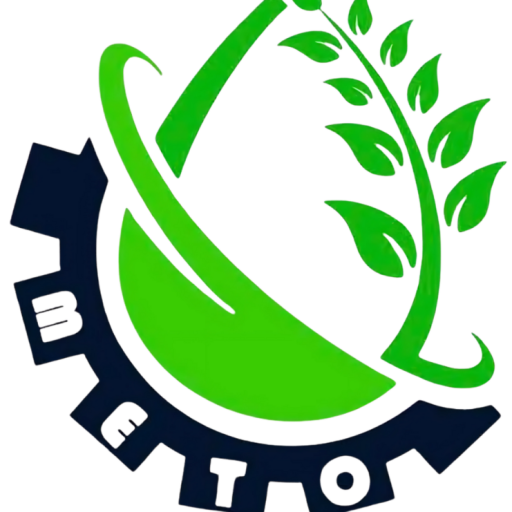
Transportation equipment plays a crucial role in the functioning of global trade, economic development, and the movement of goods and people. The industries for air, sea, and rail transportation are interconnected and vital for supporting global infrastructure. Buying and selling transportation equipment is a significant undertaking that requires navigating regulatory frameworks, understanding market trends, and ensuring compatibility with emerging technologies.
This article examines the process, challenges, benefits, and trends associated with buying and selling air, sea, and rail transportation equipment.
Transportation equipment refers to the machinery, vehicles, and infrastructure required to carry goods and passengers across air, sea, and rail networks. These include:



Buying transportation equipment requires informed decision-making to ensure the equipment meets performance, operational, and regulatory needs. Here’s a step-by-step guide:
Selling transportation equipment requires effective marketing, competitive pricing, and ensuring buyer trust.
The global transport industry continues to evolve with technological advancements, environmental regulations, and shifting buyer preferences.

At METO B.V, we are more than just a trading company; we are a bridge between world-class manufacturers and international markets.
